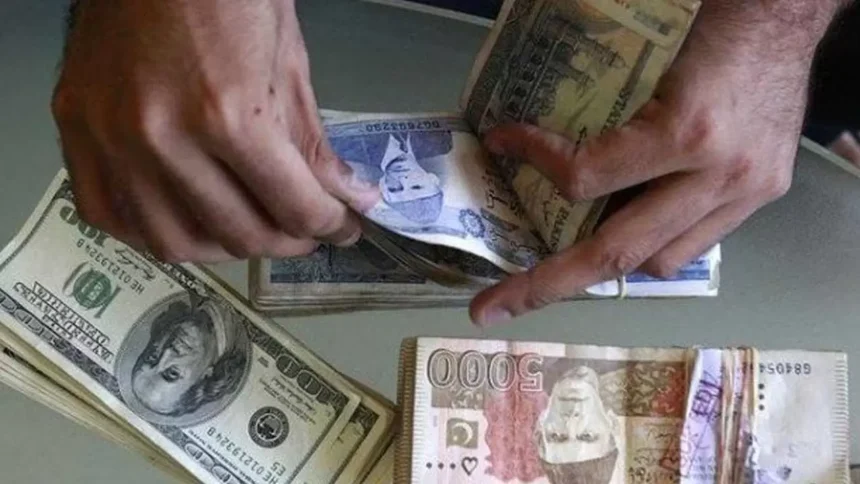KARACHI: The central government has acquired record cash, over Rs760 billion, from planned banks during the initial two months of the ongoing financial year (FY23).
The most recent information of the State Bank of Pakistan shows not just the rising reliance of the public authority on banks’ cash however that the expense of getting is likewise extremely high.
The national government acquired Rs760.4bn during July-Aug FY23 from banks, contrasted with Rs76.4bn in a similar time of FY22.
Be that as it may, the public authority has been getting at an extremely high rate from banks during FY23. The most recent sale of depository bills showed that the public authority acquired at 15.99 percent for a long time; practically 1pc more than the strategy loan fee. The two months’ primary expansion is more than 27pc showing that the SBP might select a further expansion in the loan fee to counter the expansion. A further expansion in loan fees implies costlier getting for the public authority from banks.
The public authority’s monetary getting is additionally showing that the cutoff has been crossed. The July-August monetary getting arrived at Rs85.43bn contrasted with a net obligation retirement of Rs232bn in a similar time of FY22.
The public authority is now under extreme strain from flood misfortunes, while financial experts and investigators gauge that the public authority needs colossal liquidity to resettle the uprooted individuals, fabricate houses, stretch out advances to help the farming area and offer help with money to north of 30 million flood-hit individuals the nation over.
More getting is likewise expected since the public authority’s income will see an exceptional decrease, especially with the normal contracting of monetary development.
As per the Ministry of Finance, the International Monetary Fund’s objective of 3.5pc GDP development in FY23 is out of reach; all things considered, a development pace of 2.3pc is more sensible.
The public authority still can’t seem to think of a misfortune because of the flood, yet starting evaluations of misfortunes are in the scope of $10bn to $12bn.
Horticulture area development is supposed to decelerate by 0.7pc from a yearly arrangement of 3.9pc while modern area development is assessed to descend by 1.9pc from a yearly arrangement of 5.9pc. Post-flood administration development is supposed to be 3.5pc, contrasted with an objective of 5.1pc. All markers point towards a lower monetary development rate that will make less income for the public authority and that will eventually get more from banks.
While the outside obligation has made mounting strain on the public authority, the country’s homegrown obligation has likewise taken a troublesome shape. The focal government obligation, including homegrown and outer, rose by Rs6,799bn, while the obligation remained at Rs50,503bn by July 31, 2022.








